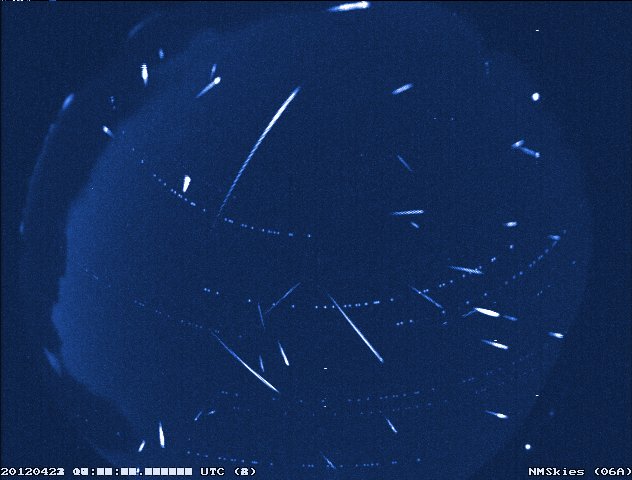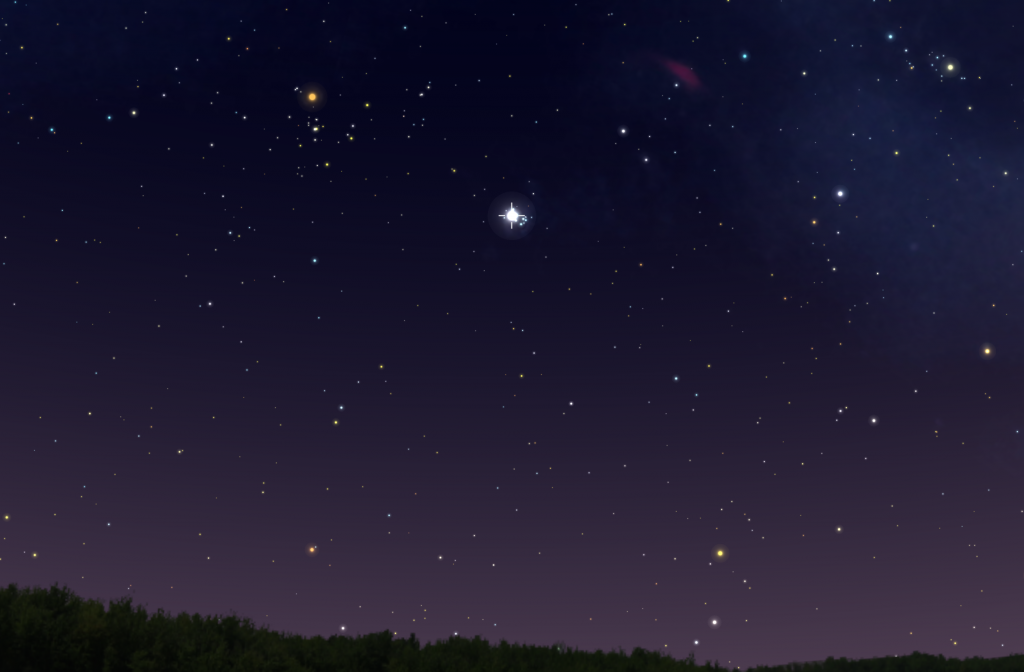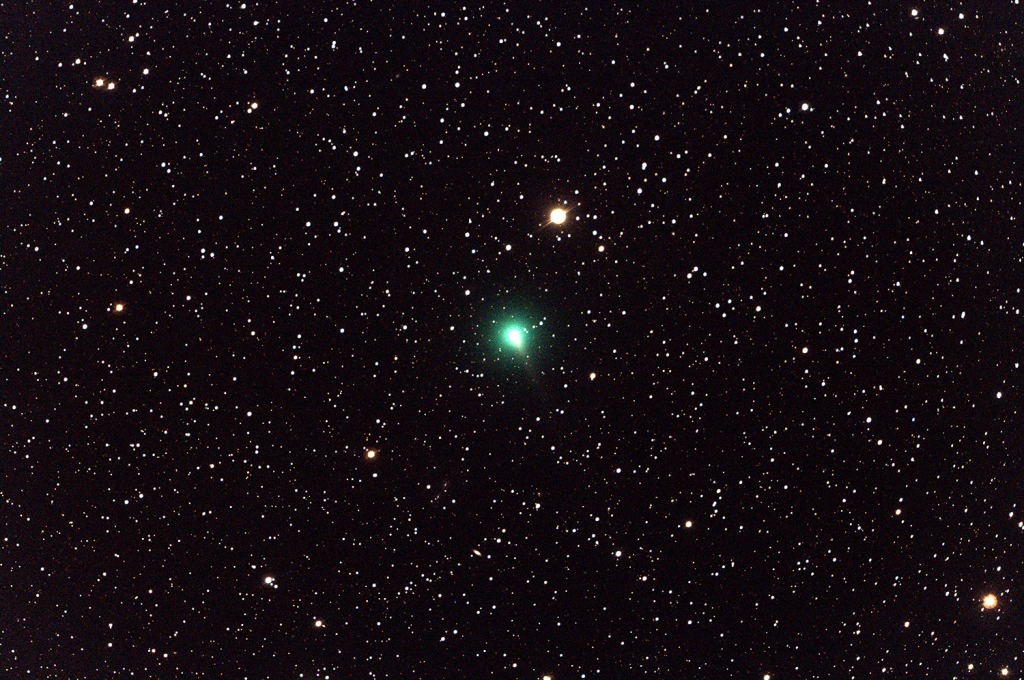April has already been an active month for celestial events and it is about to get even better with the Lyrid meteor shower beginning April 19. Just in time for the 50th anniversary of Earth Day, the Lyrids will peak on April 22 during the predawn hours.
A new Moon this year will make way for good viewing of the Lyrids, leaving the sky dark. While rates of Lyrids per hour can be low, they are also known to produce bright fireballs, and this year we are expecting rates of up to 15 meteors per hour.

The Lyrids are pieces of space debris that originate from the comet C/1861 G1 Thatcher. They are one of the oldest known meteor showers, having been observed for over 2,700 years. Their radiant, or point in the sky from which they appear and where they get their name, is in the constellation Lyra. The Lyrids appear to come from the vicinity of one of the brightest stars in the night sky – Vega. Vega is one of the easiest stars to spot, even in light-polluted areas.
“This will actually be a good year for the Lyrids and it is exciting the peak is on Earth Day and in the middle of International Dark Sky Week,” said Bill Cooke, lead of NASA’s Meteoroid Environment Office at NASA’s Marshall Space Flight Center. “While the Lyrids aren’t as prolific as other meteor showers like the Perseids or Geminids, they usually do produce some bright fireballs, and since the Moon will be nearly invisible April 22, rates should be about as good as it gets for this shower.”
Due to the ongoing COVID-19 pandemic, NASA plans to observe Earth Day virtually this year, and will highlight the agency’s many contributions to sustaining and improving our home planet with a week of online events, stories and resources. With the Lyrids peaking on April 22, the day is shaping up to be full of observations and science, including the “NASA Science Live” broadcast airing at 3 p.m. EDT. The special Earth Day episode will explore important discoveries about our home planet, advances in green technology and aircraft.
Not only do the Lyrids coincide with Earth Day this year, the shower also falls (pun intended!) during International Dark Sky Week which begins April 19 and goes to April 26. This international observance focuses on preserving and protecting our night sky and the wonders that comes with it.
For more about NASA’s Earth Day plans, visit NASA’s Earth Day website.
For more on meteor showers, visit the NASA Meteor Watch Facebook page.


